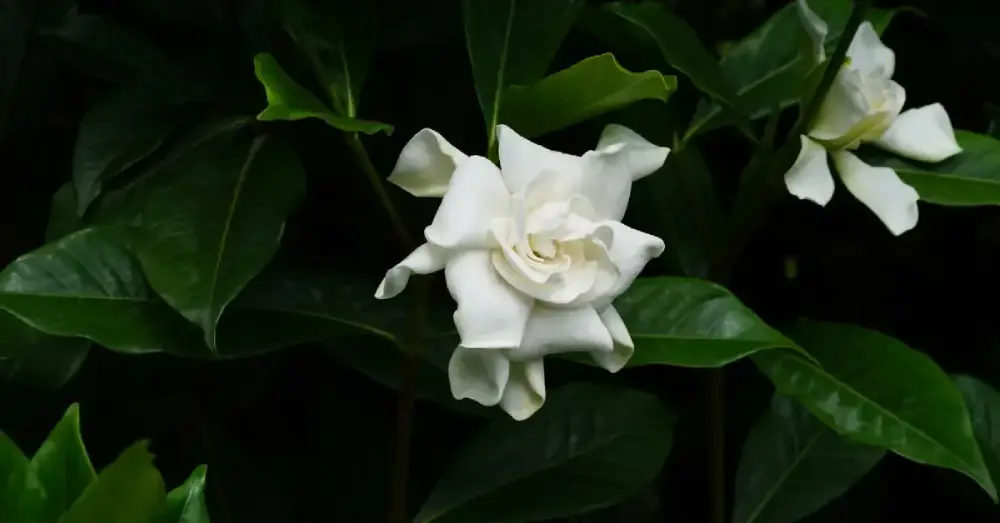In the world of perfumery, middle notes—also known as heart notes—are the core of the fragrance experience. They emerge after the top notes evaporate and define the main character of a perfume. One particularly luxurious and iconic heart note is Cape Jasmine, also known as Gardenia (Gardenia jasminoides). Known for its lush, creamy scent, gardenia adds elegance, warmth, and floral richness to any fragrance composition. In this article, we explore how Cape Jasmine functions as a middle note and why it remains a timeless favorite in perfumery.
What Is Cape Jasmine?
Cape Jasmine, or Gardenia, is a white-flowered evergreen shrub native to East Asia. It produces heavily scented blossoms, especially in warm climates. While the flower has a distinct, powerful aroma in nature, it is nearly impossible to extract its pure essence directly. Therefore, perfumers recreate its scent using a blend of natural ingredients and synthetic accords that capture its creamy, floral, and slightly green facets.
The Olfactory Profile of Cape Jasmine
Cape Jasmine has a complex and luxurious scent profile:
Creamy and velvety floral tones
Sweet, fresh, and slightly fruity nuances
A green undertone that adds freshness
Hints of coconut, garden sap, or soft musk
Sometimes a faint earthy or animalic base
This complexity makes it ideal as a heart note, where its richness and warmth can develop over time.
Cape Jasmine as a Middle Note
1. The Emotional Core of a Fragrance
As a heart note, Cape Jasmine typically appears 15–45 minutes after application. It becomes the emotional center of the fragrance and often dominates the perception of the scent for several hours.
Cape Jasmine in the middle note offers:
Romantic softness
Timeless sophistication
A comforting floral body
An impression of vintage elegance
2. Versatility in Blending
Cape Jasmine pairs well with various types of notes:
White florals (like jasmine, tuberose, and orange blossom) for a bouquet effect
Citrus top notes (like bergamot or mandarin) for a fresh opening
Woody or musky base notes (like sandalwood or white musk) to enhance its creaminess
Fruity notes (like peach, pear, or coconut) to amplify its soft sweetness
Emotional & Cultural Significance
Gardenia has been symbolic of:
Purity and grace (especially in weddings and romantic traditions)
Southern elegance and femininity (especially in the American South)
Mystery and seduction (used in vintage perfumes to evoke sensuality)
In aromatherapy, gardenia is believed to:
Promote relaxation
Soothe emotional stress
Enhance feelings of love and beauty
Cape Jasmine in Iconic Perfumes
Although natural gardenia is rarely used, many famous perfumes feature gardenia accords as a central theme:
Velvet Gardenia by Tom Ford – A bold, luxurious gardenia with amber and incense
Michael Kors by Michael Kors – A white floral with prominent gardenia and tuberose
Cruel Gardenia by Guerlain – A modern, musky floral with a gentle gardenia heart
Chanel Gardénia – A soft, classic interpretation with a creamy floral base
Jungle Gardenia by Tuvaché – A vintage floral bomb focused on gardenia intensity
Modern Use of Cape Jasmine
Modern perfumers often use synthetic molecules like Gardenia Givco or Givaudan’s gardenia base to create realistic impressions. These versions may be:
Fresher and more transparent for a modern feel
Combined with green or aquatic notes for contemporary twists
Layered with creamy woods or sweet musks to enhance its longevity
Conclusion
As a middle note, Cape Jasmine (Gardenia) offers a rich, creamy floral heart that is both timeless and versatile. Whether used in classic romantic fragrances or bold modern interpretations, gardenia evokes a sense of grace, luxury, and sensual femininity. It is a note that lingers in the heart—not just of the perfume, but in the emotions it awakens.

